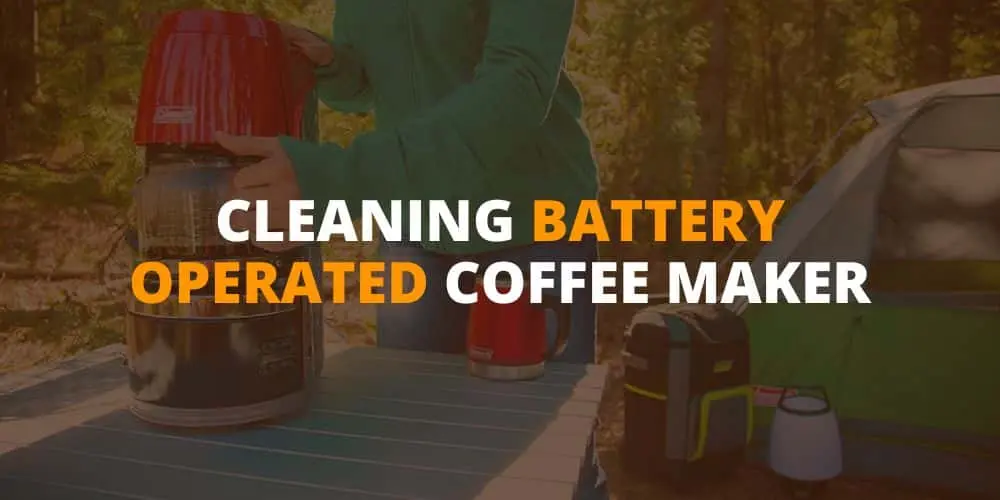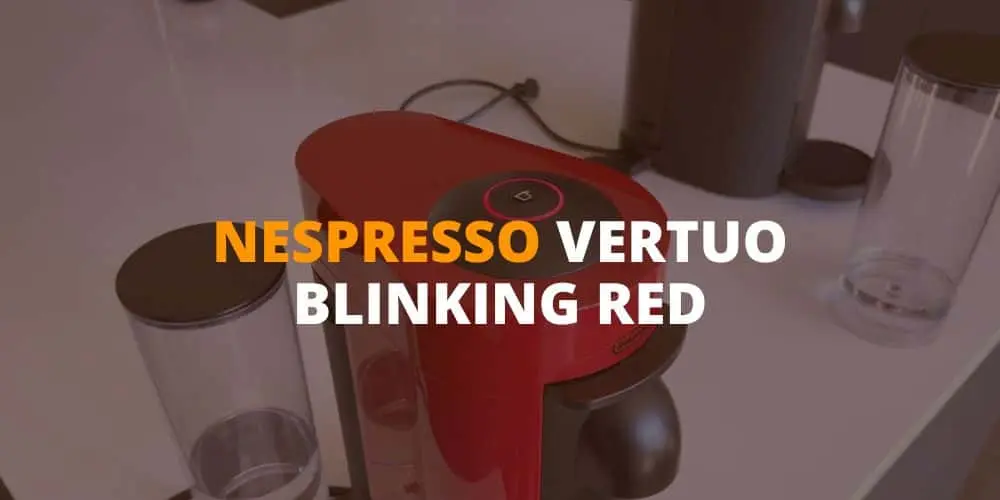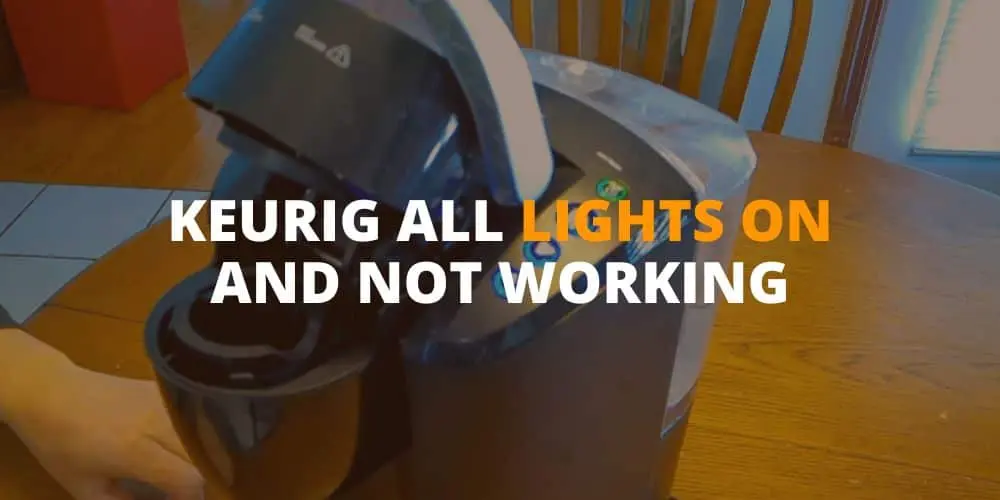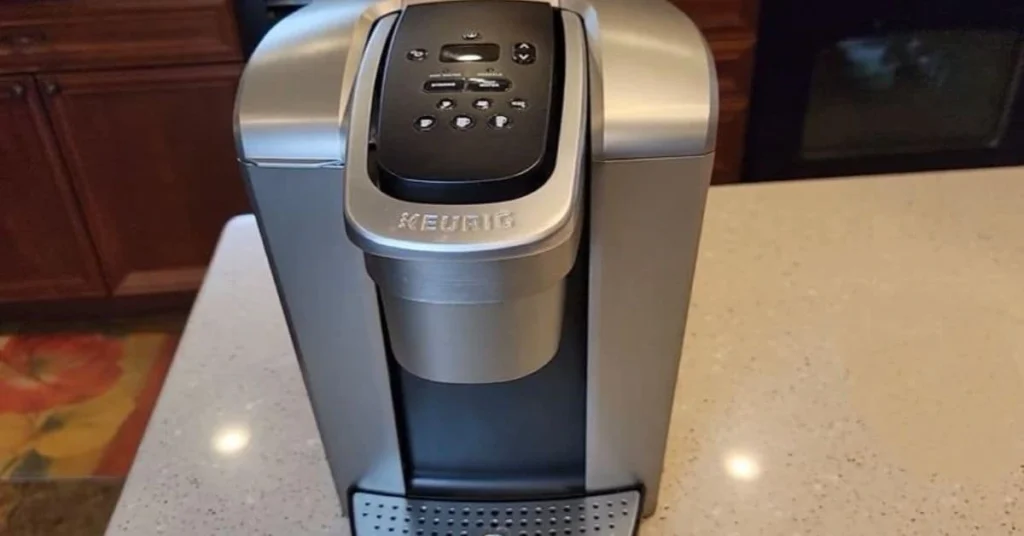There’s nothing quite like the frustration of waking up in the morning, only to find that your Keurig isn’t pumping water. No water means no coffee, and that’s just not acceptable. The good news is that this problem is a common one, and there are many ways to troubleshoot and fix it.
In this article, we’ll take a look at some of the reasons why your Keurig may not be pumping water, and we’ll provide you with some easy-to-follow troubleshooting tips to get your coffee flowing again. We’ll also share some additional tips to keep your Keurig running smoothly and let you know when it’s time to seek professional help.
So, if you’re tired of starting your day off with a malfunctioning Keurig, read on for some helpful advice.
Reasons why your Keurig may not be pumping water
There are several reasons why your Keurig may not be pumping water, including:
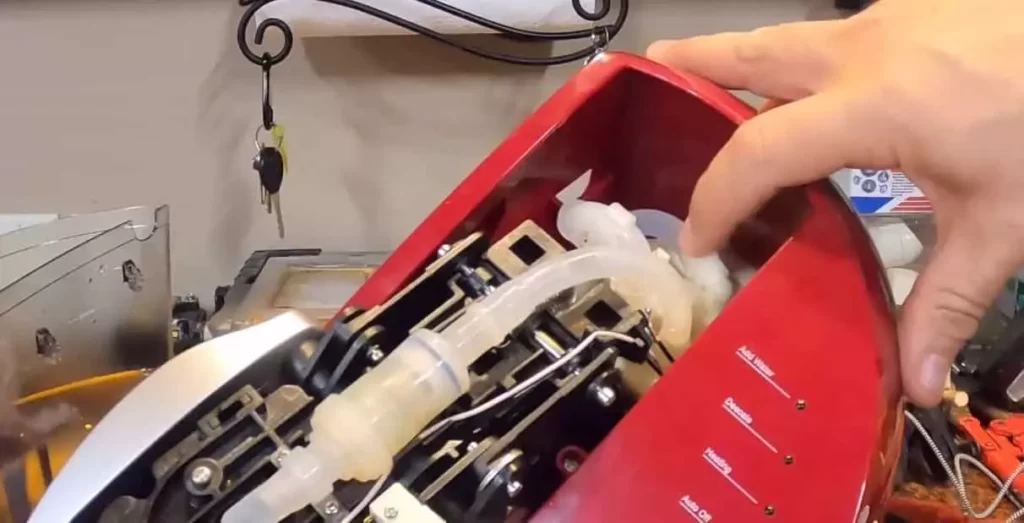
Clogged needles: Over time, coffee grounds and other debris can build up in the needles that puncture the K-cups. This can lead to clogs that prevent water from flowing through the machine.
Air bubbles in the water line: Air bubbles can sometimes get trapped in the water line, preventing water from flowing through the machine. This can happen if the water reservoir is not properly filled or if the machine has been moved or jostled.
Water reservoir not properly seated: If the water reservoir is not properly seated, the machine may not be able to draw water from it, which can result in no water being pumped.
Scale buildup: If you have hard water, minerals can build up inside your Keurig over time. This can lead to scale buildup, which can block water flow and cause your machine to malfunction.
In the next section, we’ll explore some troubleshooting tips to help you get your coffee flowing again.
Troubleshooting tips
If your Keurig is not pumping water, there are several troubleshooting steps you can take to get it working again:
Clean the needles:
Tools needed: A paperclip or a cleaning tool specifically designed for Keurig machines.
Step-by-step instructions:
- Unplug your Keurig and remove the K-cup holder.
- Locate the needles on the underside of the holder and use a paperclip or cleaning tool to remove any debris.
- Replace the K-cup holder and plug the machine back in.
Clear air bubbles in the water line:
Tools needed: A straw.
Step-by-step instructions:
- Unplug your Keurig and remove the water reservoir.
- Using a straw, blow into the hole where the water reservoir sits to clear any air bubbles in the line.
- Replace the water reservoir and plug the machine back in.
Ensure the water reservoir is properly seated:
Step-by-step instructions:
- Remove the water reservoir and make sure it is properly seated.
- If necessary, clean the reservoir and the machine’s water intake valve with a damp cloth.
- Replace the water reservoir and try brewing a cup of coffee.
Descale the Keurig:
Tools needed: Descaling solution and a large mug.
Step-by-step instructions:
- Empty the water reservoir and fill it with the descaling solution.
- Place a large mug on the drip tray and run a brew cycle without a K-cup.
- Discard the contents of the mug and repeat the process until the reservoir is empty.
- Refill the reservoir with fresh water and run several more brew cycles until the machine is thoroughly rinsed.
In the next section, we’ll share some additional tips to keep your Keurig running smoothly.
Additional tips to keep your Keurig running smoothly
Once you’ve fixed your Keurig and it’s pumping water again, there are some additional tips you can follow to keep it running smoothly:
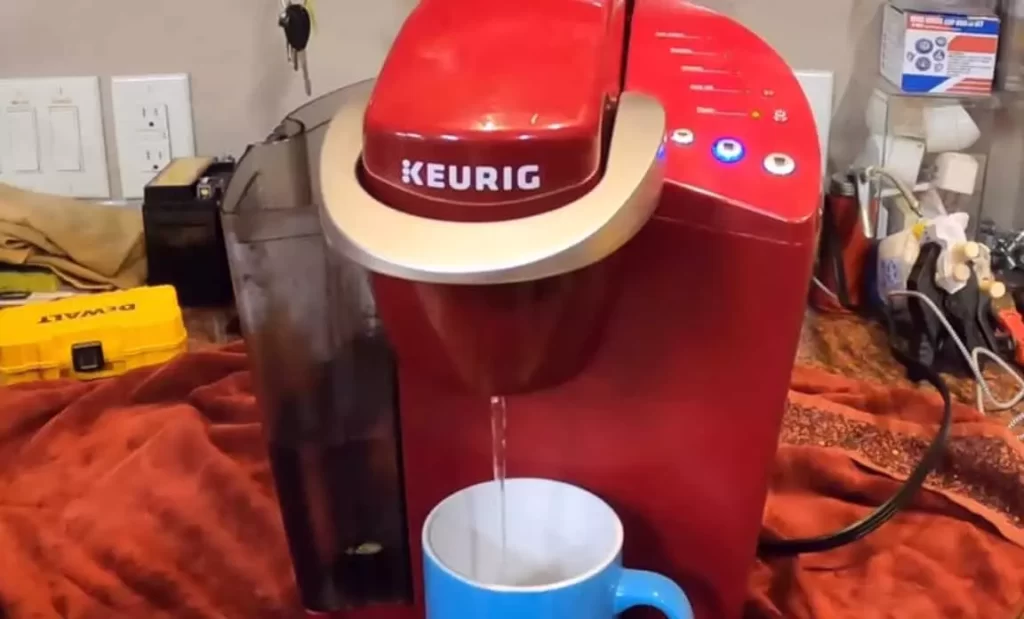
Use filtered water: Using filtered water can help prevent scale buildup and ensure that your coffee tastes great.
Clean the machine regularly: Cleaning your Keurig regularly can help prevent clogs and ensure that it’s functioning properly. Be sure to follow the manufacturer’s instructions for cleaning.
Descale the machine regularly: Descaling your Keurig every 3-6 months can help prevent scale buildup and ensure that the machine is running at optimal performance.
Use high-quality coffee: Using high-quality coffee can help prevent clogs and ensure that your coffee tastes great.
As a coffee lover, you may have experienced the frustration of your Keurig Mini not pumping water properly. It can be a real buzzkill when you’re in need of a quick caffeine fix! But fear not, I’ve got you covered with some troubleshooting tips in my previous blog post.
When to seek professional help
If you’ve followed all of the troubleshooting tips and your Keurig is still not pumping water, it may be time to seek professional help. Here are some signs that it’s time to contact a professional:
A. Your Keurig is still not working after attempting all the troubleshooting steps.
B. You notice strange noises or odors coming from the machine.
C. The machine is leaking water or producing inconsistent coffee.
D. You suspect there may be an issue with the machine’s internal components.
If any of these issues arise, it’s best to contact a professional for assistance. Attempting to fix the machine yourself may cause further damage and end up costing more in the long run. Contact the manufacturer or a qualified repair technician for assistance.
Conclusion
A Keurig not pumping water can be a frustrating issue, but it’s not uncommon. By understanding the possible causes and following the troubleshooting tips provided, you can get your machine back up and running in no time.
Remember to regularly clean and descale your Keurig to prevent issues from arising, and use high-quality coffee and filtered water for the best taste.
If you ever encounter an issue that you’re unsure about, don’t hesitate to seek professional help. Contact the manufacturer or a qualified repair technician for assistance.
With some care and maintenance, your Keurig can continue to produce great-tasting coffee for years to come.
A. I. Moon
A.I. Moon, an experienced SEO Pythonista, spends his days coding and developing web applications to help business owners. A passionate coffee enthusiast, he believes that drinking coffee fuels his creativity and productivity. His day isn't complete without the rich aroma and invigorating warmth of a perfectly brewed cup. This love for coffee inspired him to found EspressoRivo, a platform dedicated to sharing his coffee knowledge and fostering a community of passionate aficionados.
